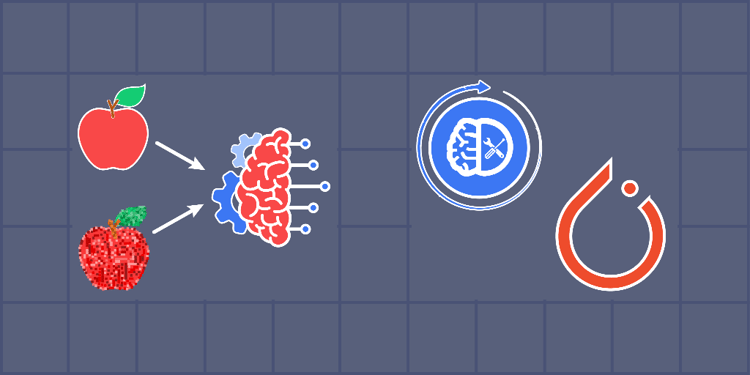This device is not compatible.
You will learn to:
Generate adversarial attacks on neural networks.
Visualize inputs with and without adversarial noise.
Identify adversarial examples vs. normal examples.
Improve the robustness of neural networks with adversarial fine-tuning.
Skills
Deep Learning
Neural Networks
Data Visualization
Prerequisites
Basic understanding of deep learning concepts
Basic understanding of PyTorch
Familiarity with Adversarial Robustness Toolbox (ART)
Technologies
NumPy
Pandas
OpenCV
PyTorch
Matplotlib
Project Description
Neural networks have shown impressive performance across various tasks such as classification, segmentation, etc. They consist of interconnected sets of neurons mimicking the human brain. Neural networks are trained using a gradient descent algorithm that updates the parameters of the network. However, neural networks are brittle and are prone to adversarial attacks.
In this project, we’ll learn techniques to perform adversarial attacks on already trained neural networks. We will also visualize the input images with and without adversarial noise. We’ll train networks to identify adversarial examples. Finally, we’ll understand mitigation methods such as adversarial fine-tuning. We’ll use the PyTorch library to implement the logic for training neural networks and classifiers. We will also use Adversarial Robustness Toolbox (ART), a Python library, to perform adversarial attacks. The input images will be visualized using the Matplotlib library.
Project Tasks
1
Introduction
Task 0: Get Started
Task 1: Import Libraries
Task 2: Load the Pretrained Model
Task 3: Load the Dataset
2
Adversarial Attacks
Task 4: Perform Adversarial Attacks
Task 5: Visualize Adversarial Images
3
Evaluate Robustness
Task 6: Evaluate Model Performance on Adversarial Images
Task 7: Evaluate Model Performance on Normal Images
4
Detect Adversarial Examples
Task 8: Train a Classifier to Detect Adversarial Examples
Task 9: Identify Adversarial Examples from Normal Examples
5
Adversarial Training
Task 10: Train the Model with Adversarial Examples
Task 11: Evaluate Model’s Performance After Adversarial Training
Congratulations!
Subscribe to project updates
Atabek BEKENOV
Senior Software Engineer
Pradip Pariyar
Senior Software Engineer
Renzo Scriber
Senior Software Engineer
Vasiliki Nikolaidi
Senior Software Engineer
Juan Carlos Valerio Arrieta
Senior Software Engineer
Relevant Courses
Use the following content to review prerequisites or explore specific concepts in detail.
